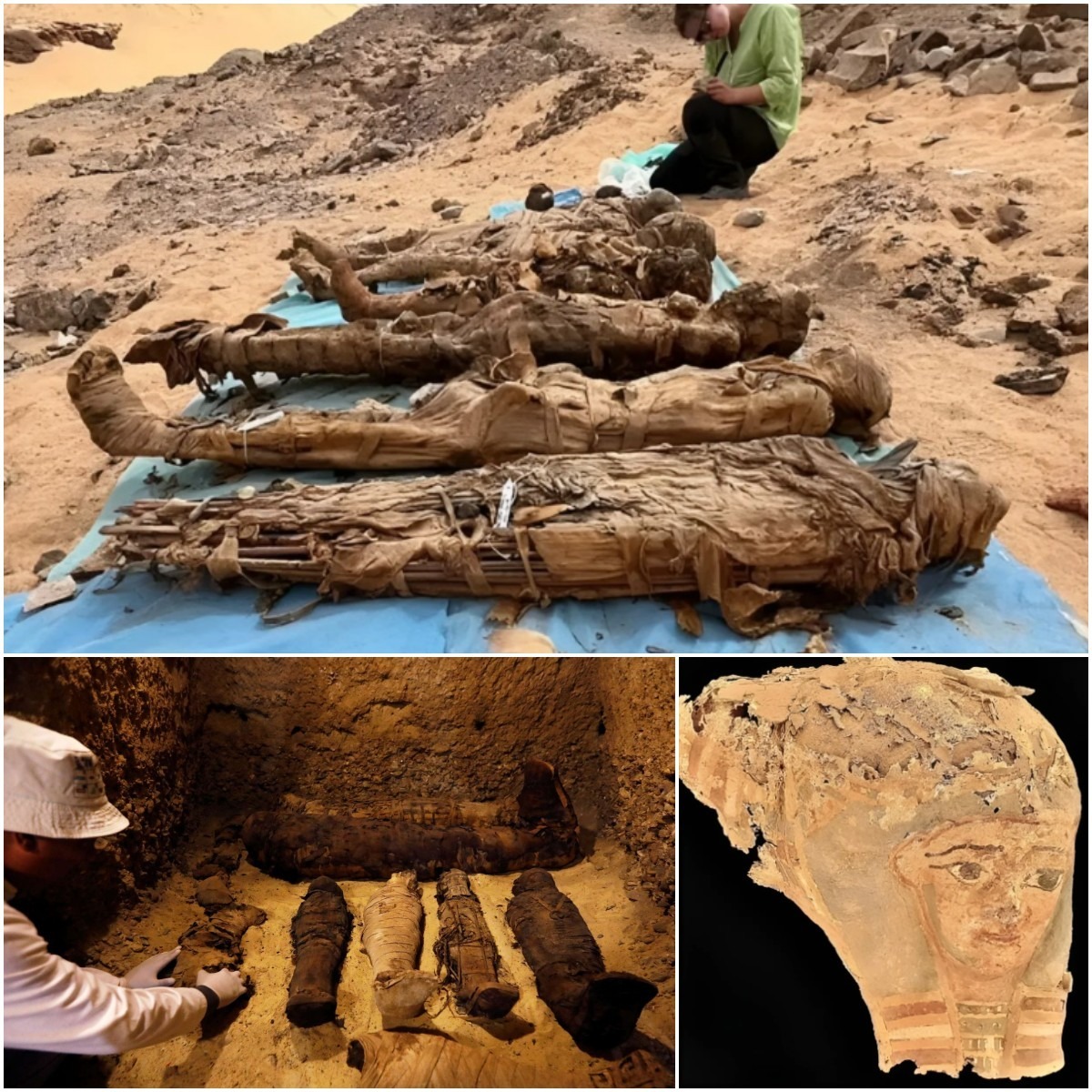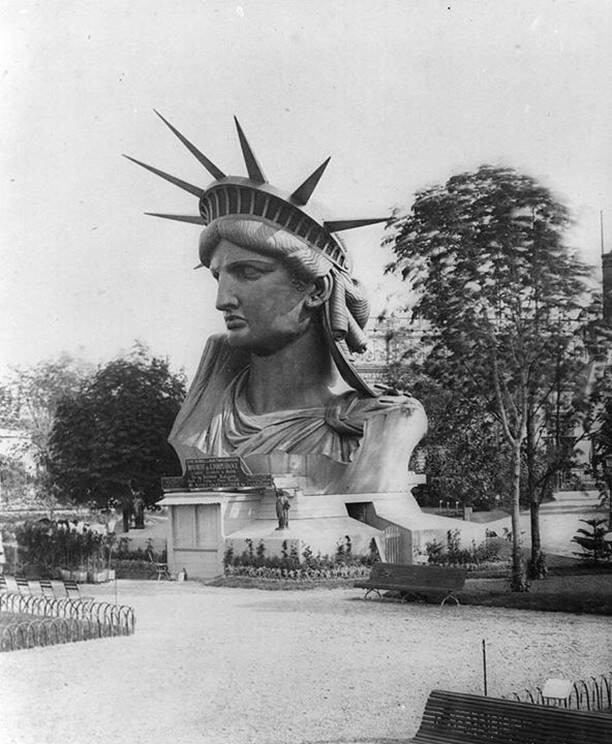AC. Egypt’s ‘City of the Dead’: 900 Skeletons Speak
In 2019, archaeologists made an astonishing discovery in the ancient Egyptian city of Aswan: a massive burial site that would soon be known as the “City of the Dead.” Over the course of five years, ongoing excavations have uncovered an expansive necropolis covering an impressive 270,000 square feet, revealing more than 900 ancient skeletons. In June 2024, a new chapter in this fascinating journey unfolded with the announcement of the discovery of at least 33 additional tombs, each containing the remains of 30 to 40 individuals.
The Location of the City of the Dead
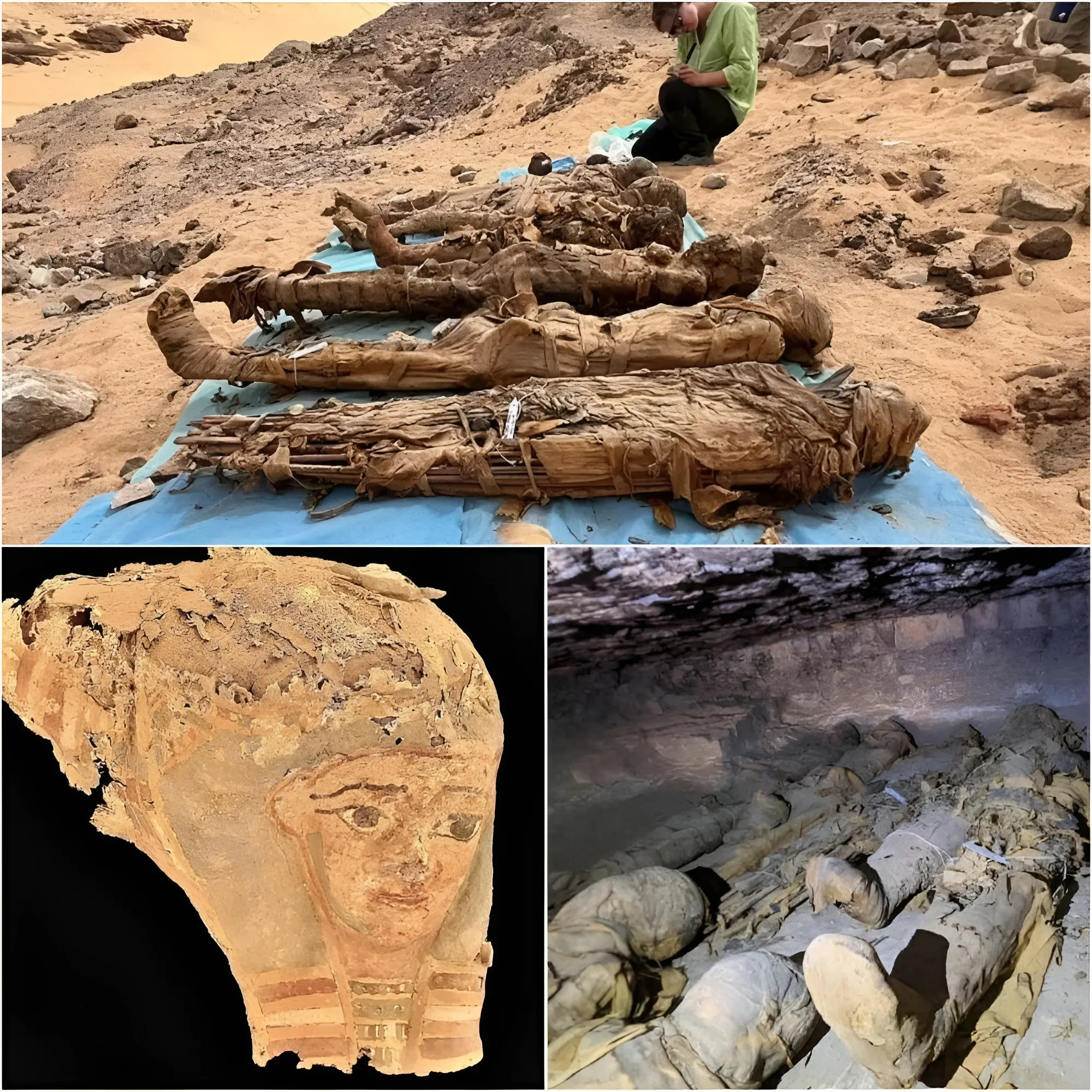
The “City of the Dead” is located on a hill near the mausoleum of Aga Khan III, a prominent figure in the region’s history. The tombs are arranged in terraces, with the elites of society buried at the top of the hill and the middle class below. This hierarchical arrangement sheds light on the social structure of ancient Aswan, providing a unique insight into how society was organized during this time period. The necropolis, which was used for over 900 years, helps archaeologists better understand the lives of the people who inhabited the city.
Insight into the Social Hierarchy
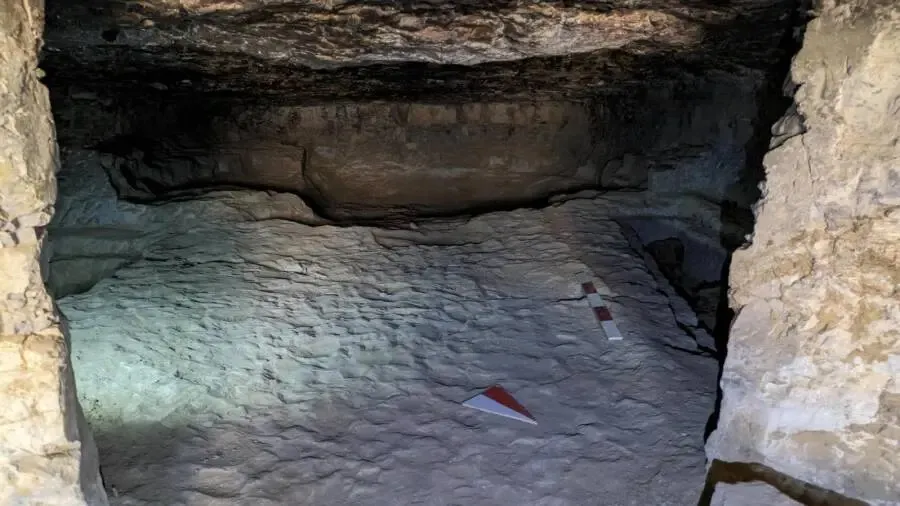
One of the most striking features of this burial site is the social stratification revealed through the placement of the tombs. The elites, located at the top of the hill, were given preferential treatment, while the middle class and lower-ranking individuals were buried further down. This distribution offers a snapshot of the class divisions of ancient Egyptian society.
In addition, researchers have uncovered a significant number of remains that belong to young adults and infants—approximately 30 to 40 percent of the bodies. This suggests that infectious diseases, along with other health issues, had a significant impact on the population of Aswan. The frequent presence of these young, vulnerable individuals in the burial sites indicates that infant mortality rates were high and the community faced serious health challenges.
The New Discoveries: Uncovering Mysterious Remains

Among the latest discoveries, archaeologists found a particularly intriguing set of remains: a woman and a child were found together in a stone coffin, possibly indicating their close relationship in life. This discovery, along with several others, has helped shed light on the funerary practices of the time.
In addition to the remains, researchers found artifacts that provide valuable insight into the rituals and customs of ancient Egyptian society. These include fragments of brightly colored cartonnage (a material used for the outer layers of mummies), clay and stone figurines, wooden coffins, and offering tables. These objects were often placed in tombs as part of the burial process, designed to ensure that the deceased had everything they needed in the afterlife.
Health Conditions and Everyday Struggles
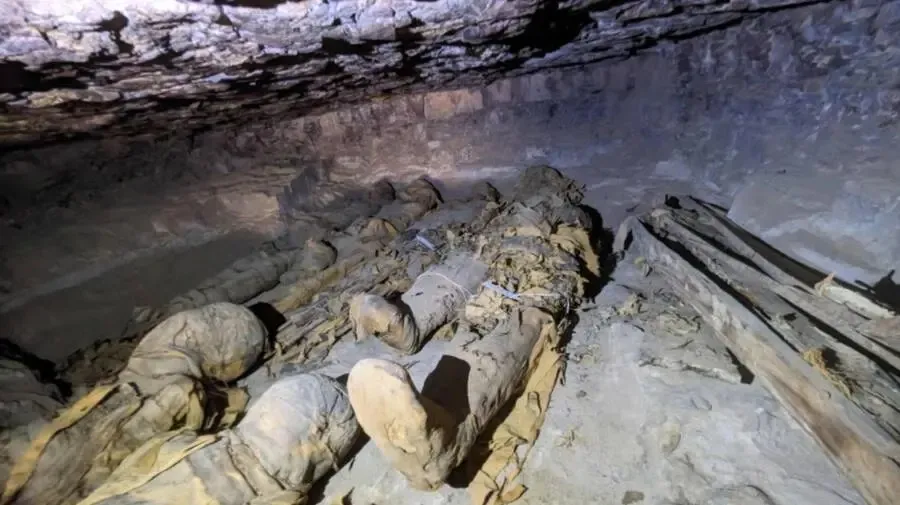
One of the most remarkable aspects of this discovery is the evidence it provides of the health conditions faced by ancient Aswan’s population. Upon examination, several signs of skeletal disorders, anemia, malnutrition, respiratory diseases, tuberculosis, and osteoporosis were found in some of the mummies. These findings offer a window into the struggles faced by people of this time, giving us a more complete picture of their lives beyond the grand historical narratives.
Aswan: A Major Center of Ancient Power
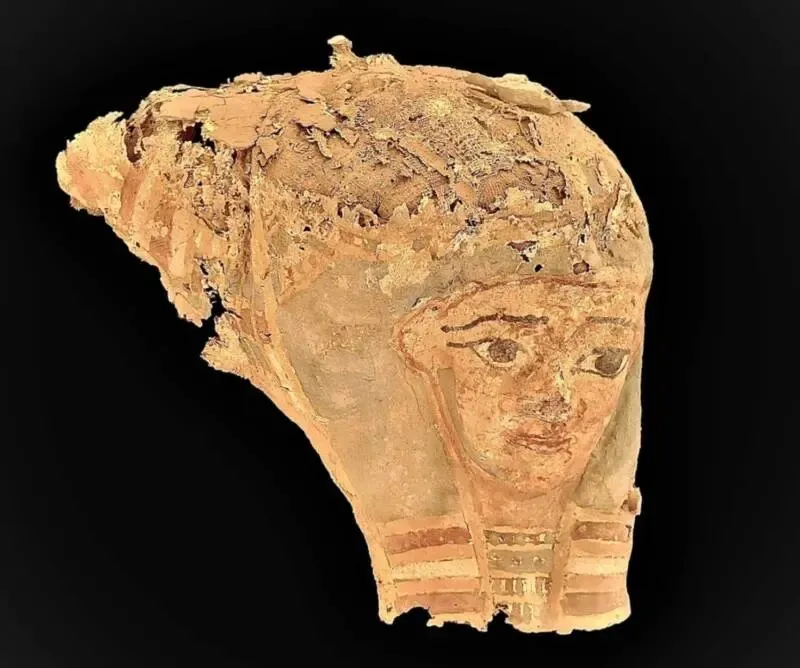
Around 4,500 years ago, Aswan was a hub of economic and military power. Strategically located on the eastern bank of the Nile, it served as a key gateway for trade between Egypt and Nubia (modern-day Sudan). This location made Aswan a vital center for commerce, culture, and military endeavors. Over the centuries, Aswan became home to a diverse population, including Egyptians, Persians, Greeks, Romans, and individuals from subtropical African regions. Its multicultural makeup earned Aswan the reputation of being one of the earliest “melting pots” of cultures.
Respecting the Legacy: Preservation of the Remains
As the excavation continues, archaeologists involved in the project have taken steps to ensure the remains and artifacts are treated with the utmost respect. Well-preserved mummies will be carefully stored in a museum-owned warehouse, while others will be returned to their original resting places after the tombs have been properly cleaned. This approach is part of an ongoing effort to preserve the stories of Aswan’s ancient inhabitants for future generations, ensuring that their legacies are not lost to time.
Cultural and Historical Importance

The discovery of the “City of the Dead” offers a wealth of information about the ancient people of Aswan. From their health conditions to their funerary practices, these findings help us understand how they lived, how they viewed death, and how their society was structured. But beyond that, the excavation also sheds light on the complex social, cultural, and historical dynamics that shaped Aswan as a major center in ancient Egypt.
The artifacts and remains found at this burial site provide a rare opportunity to peer into the daily lives of those who lived in this fascinating city. With each new discovery, researchers are uncovering more about the people of Aswan—what they ate, what they wore, how they interacted with one another, and how they dealt with disease and death.
Final Thoughts: Preserving Aswan’s Ancient Legacy
The “City of the Dead” in Aswan is more than just a burial site—it’s a testament to the enduring legacy of a people whose stories are still being uncovered. As archaeologists continue their work, the findings from this site will offer invaluable insights into the lives of ancient Egyptians, their health, and the customs that shaped their world.
By carefully preserving these remains and artifacts, we can ensure that the history of Aswan continues to inspire and educate future generations. The discovery not only expands our understanding of ancient Egypt but also highlights the universal themes of life, death, and memory that continue to resonate across time and cultures.
Sources:
